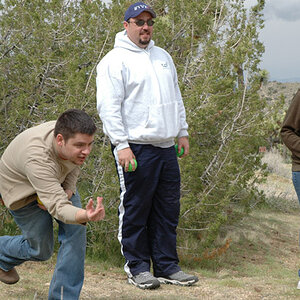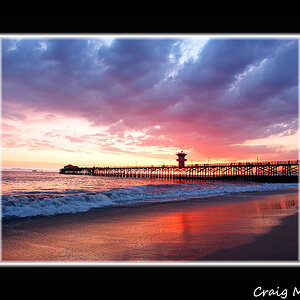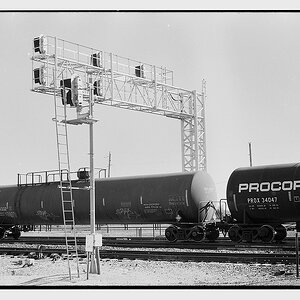jstuedle
No longer a newbie, moving up!
- Joined
- Jun 30, 2005
- Messages
- 4,889
- Reaction score
- 15
- Location
- S.E. Indiana
- Website
- www.picture-daddy.com
- Can others edit my Photos
- Photos NOT OK to edit
I own one lens longer than 300mm and it is reserved for tripod/blind wildlife shooting. It's a 400 f/3.5, uses a 122mm filter and looks and handles like a howitzer. I'd love to own a 600 f/4, but that will wait for another lifetime. Even the 300 2.8 is a bear to hold steady and is best used on a tripod. The cost, size and weight of these lenses is simply out of most shooters ability to justify owning them. I would imagine that the longest lens in most shooters bag is a 70/80-200 f/2,8 or a 70-300 pro-sumer variable aperture lens.





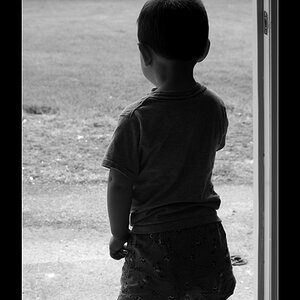
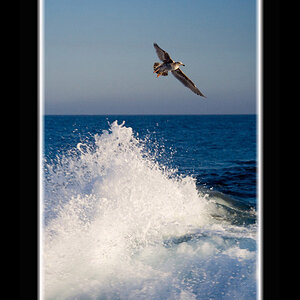
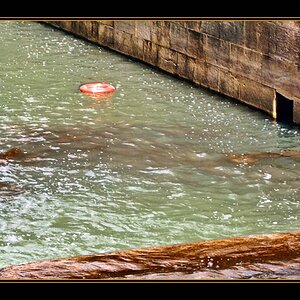

![[No title]](/data/xfmg/thumbnail/37/37097-8fae54adbc44059a8189fcf5e7bb8f76.jpg?1619737881)

